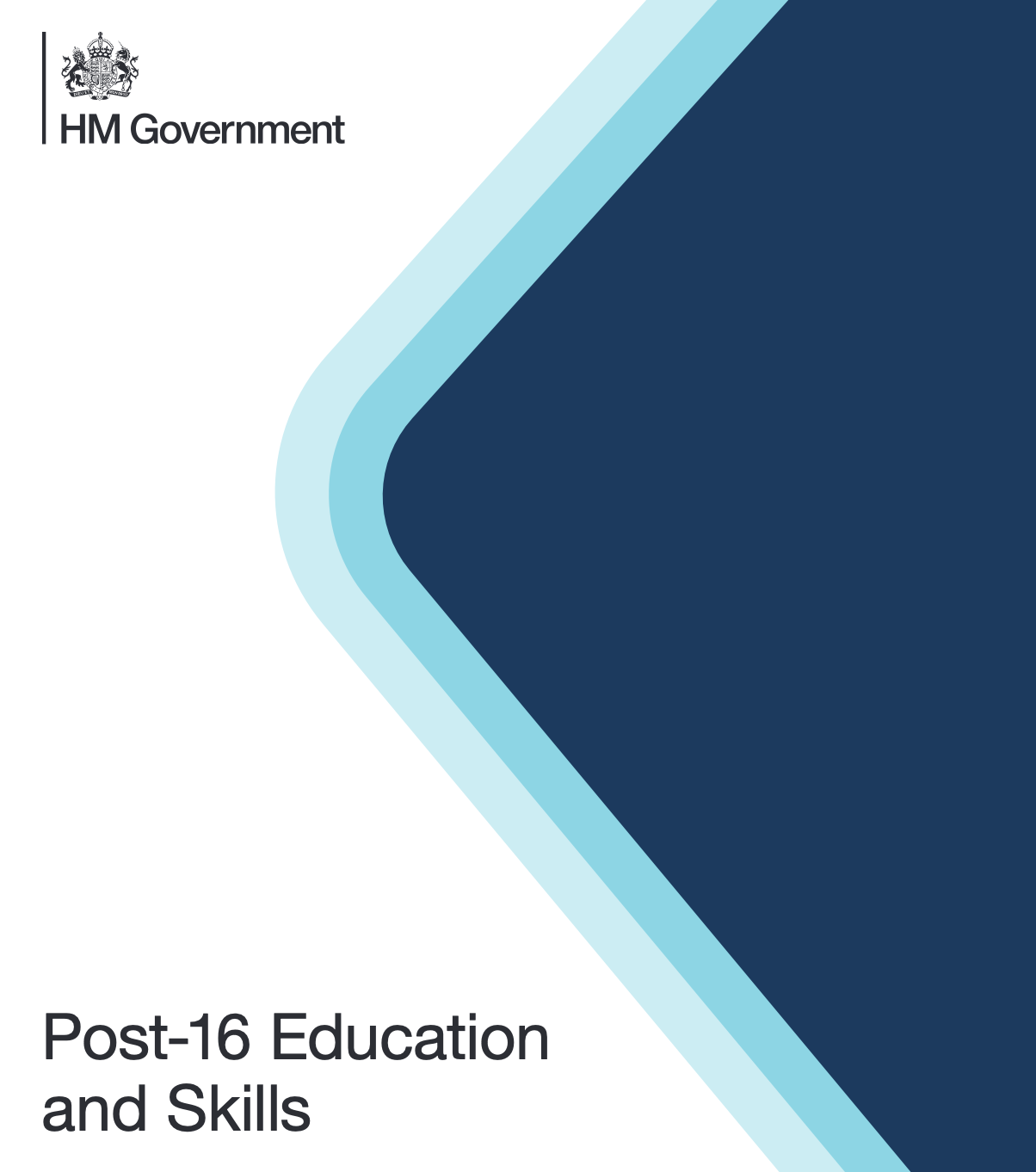
When Wakefield City Academies Trust collapsed in 2017, it wasn’t a story about failing schools. The trust’s 21 schools served 8,000 pupils across Yorkshire. Some were improving, others struggling but the real crisis wasn’t in classrooms. It was in the boardroom.
Investigators found financial practices “at best naïve and at worst ill-considered.” The organisation had grown from one school in 2011 to 21 in just six years, managing budgets exceeding £50 million. Yet it lacked the infrastructure to function at that scale. Sixteen governance breaches were later uncovered.
Wakefield’s collapse cost taxpayers £700,000 and disrupted education for thousands. But the real cost was confidence in the multi-academy trust (MAT) model itself. The trust had “grown faster than it could build capacity.” Britain had created a class of organisations nobody planned for.
MATs weren’t designed to become what they’ve become. The original vision was small, autonomous schools freed from local authority control. But scale changed everything.
Today, 1,200-1,300 MATs manage more than half of England’s state schools, educating 4.5 million students. The largest have evolved into multi-site service organisations with budgets rivalling mid-sized corporations. Harris Federation operates 55 schools with revenues above £300 million. United Learning runs 92. Delta Academies Trust manages 63 across multiple regions.
The transformation was rapid: fewer than 200 trusts existed in 2010; now the sector employs hundreds of thousands and controls assets worth billions. Labour’s 2024 plan accelerates this further: every school is expected to join a “strong MAT” by 2030 (minimum ten schools or 7,500 pupils).
The challenge is structural. How does someone trained as a headteacher suddenly lead a £100m organisation with 2,000 employees and 20 sites?
Most current MAT leaders followed a familiar route: outstanding teacher > department head > deputy head > headteacher > founder or CEO of a trust. It’s logical within education. But somewhere between running one school and twenty, the job became something entirely different.
The Department for Education now describes MAT CEOs as “business-focused and commercially minded.” The Confederation of School Trusts lists financial sustainability, organisational management, and governance as core domains of leadership.
Yet many CEOs and trustees still recruit using the only frame of reference they know: education. As Stephen Morales of the National Association of School Business Management notes,
“They’re framing recruitment based just on the world they know.”
This isn’t a criticism of educators’ ability to learn; it’s a recognition that expecting someone to master corporate finance, compliance, and multi-site operations while in the job is neither efficient nor fair to the children who depend on those systems.
Today’s MATs operate under the Academies Financial Handbook, which mandates professional accountancy qualifications for CFOs and business-grade controls across finance and audit. A mid-sized trust CFO manages ESFA compliance, GAG pooling, capital allocation, treasury management, and pensions risk. The same complexity faced by corporate finance directors.
Operationally, a Chief Operating Officer must oversee buildings, contracts, and compliance across dozens of sites, often managing projects worth millions. These are not “school” challenges; they are corporate operations challenges in an educational setting.
Sir David Carter, former National Schools Commissioner, predicted it:
“I suspect 90% of current CEOs have the same background as I did, as a teacher then a head. That will change as people realise you need someone who can run a complex organisation with £50 million turnover and the best people may not be rooted in education.”
The number of people who combine deep education knowledge with proven executive capability is vanishingly small. Across 1,200-1,300 trusts, there are roughly 8,000-10,000 senior executive roles. With CEO turnover of 10-15% a year and hundreds of C-suite vacancies, the sector needs to fill up to 1,200 senior positions annually, yet the talent pool is static.
Salaries compound the issue. The median MAT CEO salary is £140k, versus £245k in equivalent private-sector service organisations. A 43% discount. CFO and COO packages are similarly misaligned. You can’t pay school business manager salaries for corporate finance director responsibilities and expect to attract that calibre.
The result is musical chairs within a closed network. MATs compete with private companies, independent schools, NHS trusts, and even one another for a finite set of leaders. Almost 60% of large trusts expect future leadership shortages. It's a crisis of demand outpacing supply.
If governance drives accountability, MATs are operating with a weak gearbox. Boards of trustees, typically five to twelve volunteers meeting six to eight times a year, hold responsibility for executive appointments. Yet 76% report gaps in commercial, financial, and HR expertise.
When trustees lack corporate reference points, they recruit what feels familiar: people who “speak education.” The result is recurring cycles of under-qualified leadership. The Confederation of School Trusts’ Leora Cruddas called Wakefield “first of all a failure of governance.” Boards without commercial literacy can’t provide commercial oversight, or recruit it.
Most boards approach executive recruitment as if they were hiring a headteacher. They write education-centric job descriptions, advertise on TES, shortlist candidates with classroom experience, and wonder why financial and operational problems persist.
Under pressure, processes are rushed. A typical cycle of advertise, single-day interviews, and a lateral hire from another MAT reinforces the same limitations. TES found that seven of eight trusts make most leadership appointments internally. That works for headteachers, but not for CFOs or COOs whose role is to bring capabilities the organisation doesn’t yet have.
A failed CEO appointment costs at least £250k in direct expenses (salary, recruitment, interim cover). Add operational drag and missed savings, even 10% inefficiency on a £30 million budget equates to £3 million over three years.
Half of MATs now report in-year deficits; 55% forecast deficits for 2025-26. Poor executive hiring directly reduces resources for teaching and learning. The reputational damage further erodes public trust in academisation.
Other public-service sectors have faced and solved this problem. NHS Trusts realised years ago that multi-site healthcare operations required professional operators, not just clinicians. They now hire COOs from logistics, retail, and manufacturing.
MATs that follow suit, bringing in CFOs from healthcare or charity finance, or COOs from facilities or retail operations report measurable gains: stronger financial control, faster capital delivery, better procurement efficiency, and clearer accountability.
What makes the difference is structured onboarding. The most successful cross-sector hires spend their first 90 days immersed in schools, paired with education mentors, trained in Ofsted frameworks and DfE governance. With that foundation, they outperform education-only counterparts within months.
Traditional education recruiters mostly fish in familiar waters, promoting school business leaders into CFOs and headteachers into CEOs. The untapped market is executives from healthcare, retail, and corporate sectors who have the right skills but don’t know MAT opportunities exist.
For every qualified education finance leader, there are dozens of corporate or charity finance professionals capable of doing the job. Provided boards are willing to assess for capability, not familiarity. Many of these professionals actively seek purpose-driven roles mid-career. The barrier isn’t willingness; it’s visibility.
The pattern is clearer internationally. GEMS Education, Nord Anglia, and Cognita operate schools globally as commercial entities from inception. They hire operations directors from hospitality, CFOs from professional services, regional directors from retail. They train them in education specifics rather than hoping education people develop commercial skills.
UK MATs, born from state schools rather than built as businesses, haven't made this shift. But as consolidation pushes average trust size toward 12-15 schools by 2027, the commercial requirements become inescapable.
Are we hiring for familiarity or for capability?
If the answer is familiarity, the cycle continues: limited talent pools, incremental performance, and recurring financial strain.
If the answer is capability, boards must accept that their next COO may have never worked in education, and that’s precisely the point. The most qualified CFO might not yet know what “GAG pooling” means, but they’ll bring commercial expertise the trust critically needs.
The data is unambiguous: MATs that recruit cross-sector talent achieve higher cost efficiency, better project delivery, and stronger sustainability than those hiring solely from education. As trusts consolidate and average sizes rise to 12–15 schools by 2027, those operational demands will only intensify.
The talent crisis isn’t coming. It’s here.
Boards that adapt their recruitment mindset now by widening the talent pool, investing in onboarding, and valuing corporate discipline as much as classroom empathy will secure the leadership advantage others can’t.
The choice is simple: keep fishing in depleted ponds, or cast into the wider ocean of capability.
Bolt Search specialises in cross-sector executive recruitment for education organisations and investors. We help MAT boards access commercial leadership talent from diverse industries solving the operational, financial, and governance challenges that education-only appointments can’t.

